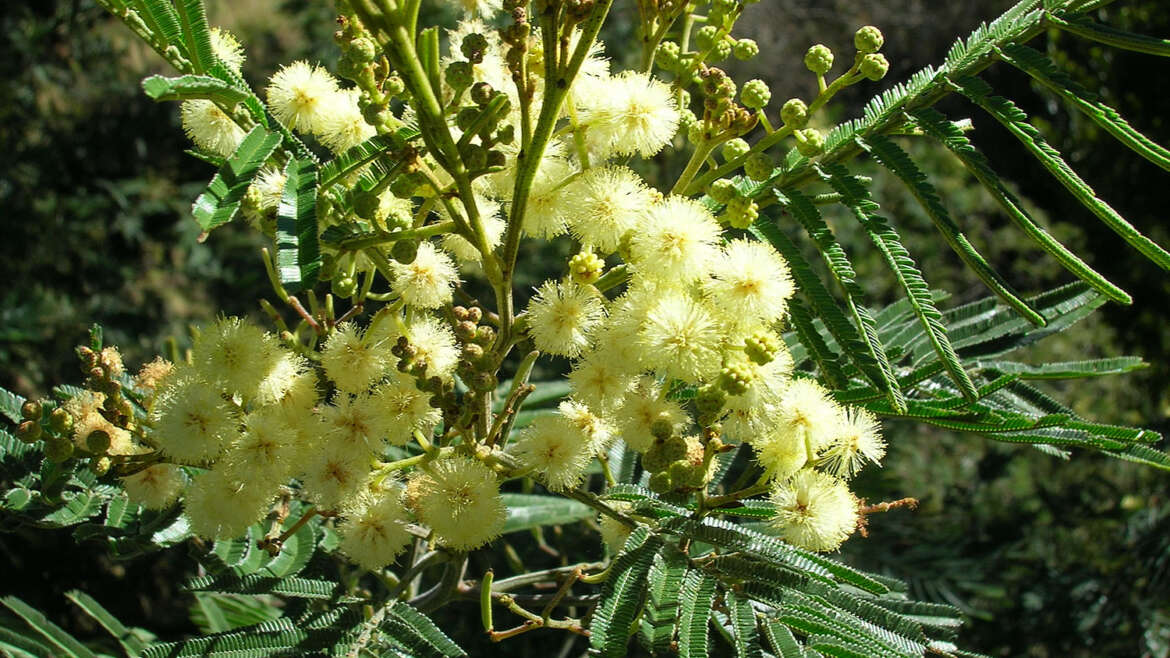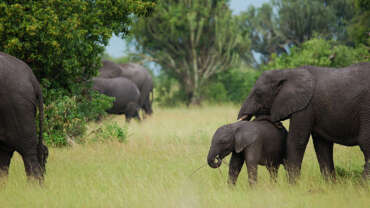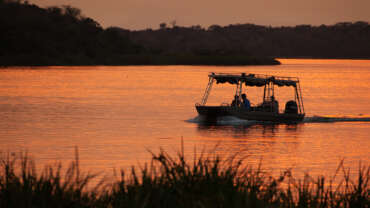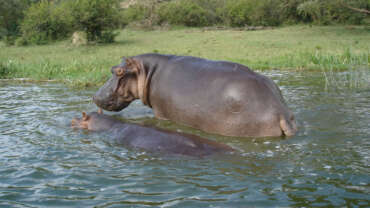Eco Tourism in Uganda
Otzi Forest Reserve
Otzi Forest Reserve is found 18km northeast of Moyo Town and covers an area of 188km2 with an altitudinal range of 7601,667m. The forest is located on an escarpment overlooking the White Nile as it flows northward, and is bounded to the northeast by the international border with Sudan. The vegetation is broadly classified as Butyrospermum-Hyparrhenia and Combretum savanna with some undifferentiated semi-deciduous thicket and riverine forest.
Surveys have recorded 261 tree species and show that the reserve comprises 8% bushland (>4m), 40% grassland, and 52% forest/woodland. Otzi has been identified as one of Uganda’s Important Bird Areas with 168 bird species recorded. Of particular interest is the fox kestrel (recorded elsewhere in Uganda only in Kidepo Valley National Park), one of 14 of the 22 Sudan–Guinea savanna biome species found in Uganda.
The others are the white-crested turaco, red-throated bee-eater, Uganda spotted woodpecker, Emin’s shrike, the red pate and foxy cisticolas, chestnut-crowned sparrow weaver, black-bellied firefinch, brown-rumped bunting, black-rumped waxbill, bronze-tailed glossy starling, purple glossy starling, and the piacpiac. This total is matched in a Uganda protected area by the far larger Murchison Falls National Park and exceeded only in Kidepo (16) and Mount Kei Forest Reserve (15) north of Kiboko. A population of chimpanzees was recorded in the reserve during the 1995 Forest Department survey but their present status is unclear.
Mabira Forest
Mabira Forest is one of the last remaining rain forests and biggest in Central Uganda, the Forest is a rainforest area in Uganda, located in Buikwe District, between Lugazi and Jinja. It has been protected as Mabira Forest Reserve since 1932. It has an enormous biodiversity comprising 315 bird species, 312 tree species, 218 species of butterflies, 97 species of moths, 40 species of small mammals including the red – tailed monkeys, vervets, grey-cheeked mangabeys and many nocturnal animals. A substantial Ecotourism development has taken place in this Forest since 1996 as a means of conserving the vulnerable ecosystem and a community ecotourism site has been developed
Baikiaea Insignis
Commonly knows as Nkobakoba or Nkoba, is a species of legume in the Fabaceae family. It is found in the South Buddu forests of Uganda.
Acacia Seyal
The Red acacia, known also as the shittah tree (the source of shittim wood), is a thorny, 610 m (2030ft) high tree with a pale greenish or reddish bark. At the base of the 310cm (14in) feathery leaves there are two straight, light grey thorns, growing to 720cm (38in) long. The blossoms are displayed in round, bright yellow clusters approximately in 1.5cm (0.5in) diameter. In Acacia seyal var. fistula, which is more common on heavy clay soils, some of the thorns are swollen and house symbiotic ants. It often grows in damp valleys.
Acacia Nilotica
Acacia nilotica is a tree 5–20 m high with a dense spheric crown, stems and branches usually dark to black coloured, fissured bark, grey-pinkish slash, exuding a reddish low quality gum. The tree has thin, straight, light, grey spines in axillary pairs, usually in 3 to 12 pairs, 5 to 7.5 cm (3 in) long in young trees, mature trees commonly without thorns. The leaves are bipinnate, with 3–6 pairs of pinnulae and 10–30 pairs of leaflets each, tomentose, rachis with a gland at the bottom of the last pair of pinnulae. Flowers in globulous heads 1.2–1.5 cm in diameter of a bright golden-yellow color, set up either axillary or whorly on peduncles 2–3 cm long located at the end of the branches. Pods are strongly constricted, hairy, white-grey, thick and softly tomentose. Its seeds number approximately 8000/kg. Grows around the banks of the Nile.







